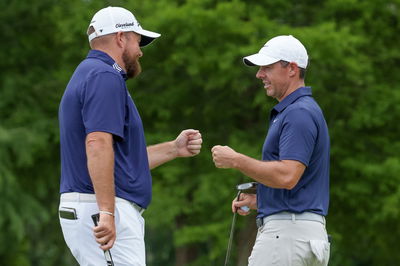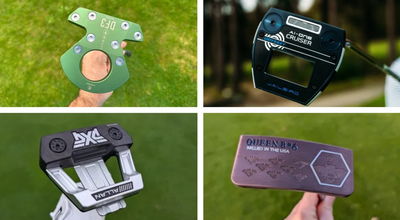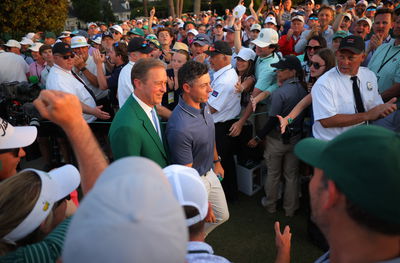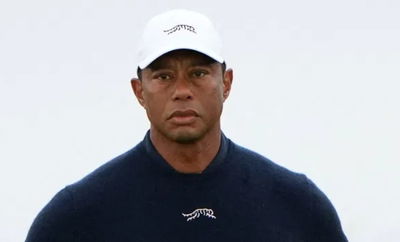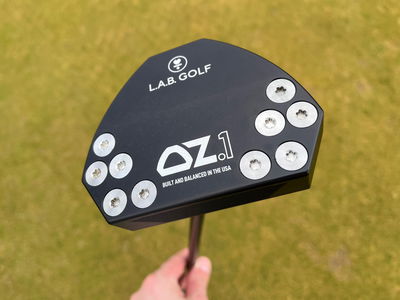How Justin Rose avoided moving-ball PENALTY at Bay Hill
Why Justin Rose avoided a penalty for hitting his ball at address at the Arnold Palmer Invitational.
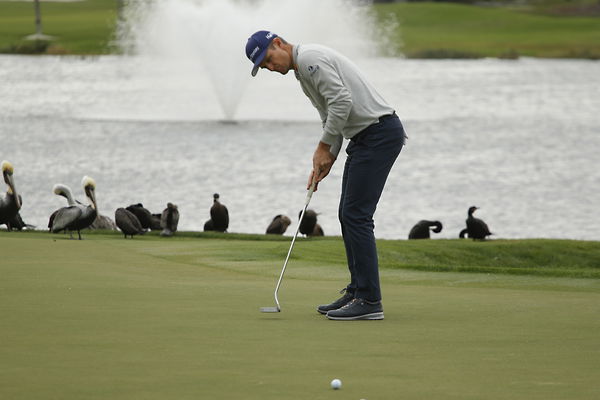
Justin Rose has had his name in the headlines over the last 24 hours as rumours are circulating that he has supposedly split with Honma Golf after just over a year with the Japanese brand, but during his first round of the Arnold Palmer Invitational, Rose's name was all over Twitter for another reason.
There's always controversy in golf when rules are involved, you just have to look at what happened with Patrick Reed at the end of the last year to know that, but this time it's the former world no.1 who is the focus of this rules scenario.

During the first round of the Arnold Palmer Invitational at Bay Hill, Rose hit his approach shot on the par-4 11th hole through the green, leaving it to settle in the rough.
Rose pulled out a fairway wood and opted for a bump-and-run shot, with the wood giving him a little more speed to get the ball through the rough.
Just as Rose went to start his backswing, he seemed to tap the ball before taking the clubhead back and playing the shot. The shot was executed poorly and Rose missed the 10ft putt coming back for par and settled for a bogey.
Justin Rose with the ball tap. pic.twitter.com/tc2ojGoX85
— golfrabble (@golfrabble) March 5, 2020
A slow-motion video began to circulate on Twitter with many people questioning if he would be penalised for hitting the ball twice. So let's take a look at the ruling.
Rule 9.1.B. Ball Played as it Lies: What to Do When Ball Moves During Backswing or Stroke.
If a player’s ball at rest begins moving after the player has begun the stroke or the backswing for a stroke and the player goes on to make the stroke:
-The ball must not be replaced, no matter what caused it to move.
-Instead, the player must play the ball from where it comes to rest after the stroke.
-If the player caused the ball to move, see Rule 9.4b to find out if there is a penalty.
Now the important part to take note of in the ruling above is the term 'moving' as Rose's ball has to move in order for the penaly to apply.
If we look at section 9.2: Deciding Whether Ball Moved and What Caused It to Move, we can find the definition that determins whether or not Rose's ball actually moved.
As stated in the definitions, to “move,” a ball at rest must leave its original spot and come to rest on any other spot and the movement must be enough that it can be seen by the naked eye. In order to treat the ball as moved, there must be knowledge or virtual certainty that the ball has moved.
Sponsored Posts
Latest News
![Lexi Thompson [Instagram]](https://cdn.golfmagic.com/2025-04/le122.jpg?width=400)
